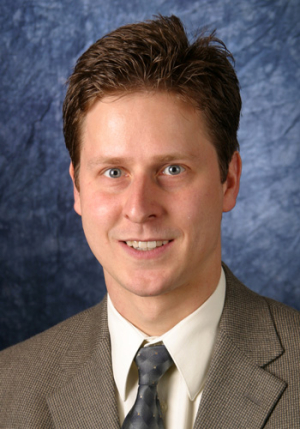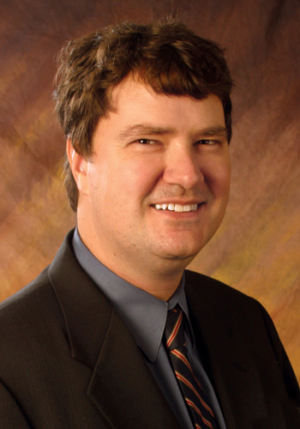Research conducted by faculty members with the University of Houston’s Cullen College of Engineering and the Baylor College of Medicine may end up saving a lot of people from a very bad vacation.
Paul Ruchhoeft, assistant professor of electrical and computer engineering, and Richard Willson, professor of chemical engineering, are working with Robert Atmar at the Baylor College of Medicine to create a quick and accurate test for the Norwalk virus, also known as the “Cruise Ship virus”.
Norwalk is an intestinal illness that causes nausea, diarrhea, vomiting and stomach cramps. A highly infectious disease, it has generated bursts of media attention in recent years due to large-scale outbreaks on cruise ships. The ease with which Norwalk is spread makes it important to the field of biodefense, as well.
One of the difficulties in treating Norwalk is that it is very hard to diagnose with traditional methods. “The current tests take very long,” said Ruchhoeft. “If we can build a diagnostic tool that mimics the pregnancy test [in speed and ease of use], we could create a platform for rapid detection of this virus and other pathogens.”
The tool Ruchhoeft and Willson are building will rely on the disease protein/antibody relationship that occurs in the human body. As with all diseases, when an individual is infected with the Norwalk virus, the human immune system creates antibody proteins that bond only with proteins that are specific to that disease.
Under Ruchhoeft and Willson’s plan, a biological sample from a suspected Norwalk victim will be placed on a glass slide that is covered with cloned Norwalk antibodies provided by the Baylor College of Medicine. The sample will then be washed away. If the virus is present in the sample, however, it will bond with the antibody and remain on the slide.
The next step of the test relies on retroreflectors, specially designed cubes that reflect light back to its point of origin. They are used on the macroscale for items such as reflective vests and lane markers on roads.
Ruchhoeft, however, will create retroreflectors that measure just a few micrometers wide. Three sides of the reflectors will be covered with reflective material and will be populated with the Norwalk antibody.
These retroreflectors will be dispensed onto the slide. If Norwalk is present on the slide from the previous protein/antibody bond, the retroreflectors will bond with it. If not, they will all be washed away when the slide is rinsed.
An optical device will then shine a strong light on the slide. If, due to the protein/antibody bond, the retroreflectors remain on the slide, they will clearly reflect the light, indicating the presence of Norwalk. If no light is reflected, than no protein/antibody bond has occurred and the patient does not have the Norwalk virus.
While this process may seem complicated, said Ruchhoeft, it is actually much simpler than current tests for Norwalk.
“By having the virus bridge the cube to the surface, you don’t need to go through complex sample preparation steps, like extracting DNA, amplifying it and so forth,” he said. “You could envision making a system work at a doctors office, or at an entry point to the cruise ship.”
Ruchhoeft and Willson's work is supported by a two-year, $280,000 grant from the Western Regional Center of Excellence for Biodefense and Emerging Infectious Diseases.
According to Ruchhoeft, while the center is certainly interested in a more effective diagnostic tool for Norwalk, it envisions using this approach for other diseases, as well.
“If someone else has the antibody for other pathogens, than we can use it to coat the retroreflectors,” Ruchhoeft said. “If we’re successful in detecting the Norwalk virus, it opens up the possibility of creating a similar diagnostic tool for a variety of other infectious diseases.”

